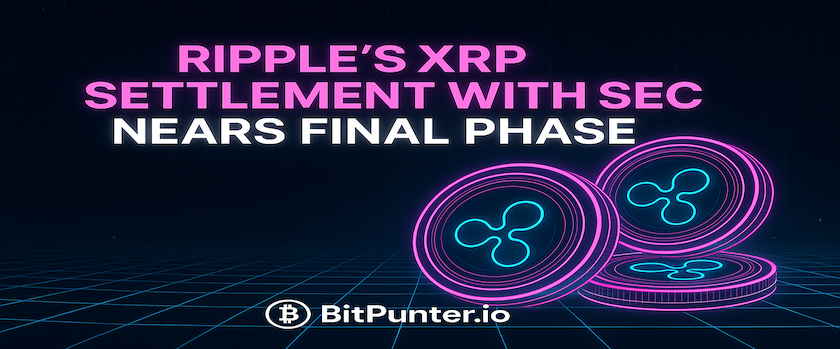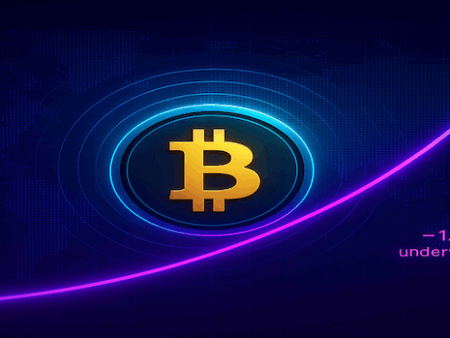Ripple’s XRP Settlement with SEC Nears Final Phase
🗞️ Ripple and the U.S. Securities and Exchange Commission (SEC) are nearing a historic XRP settlement that could redefine how crypto assets are handled in enforcement cases.
 📉 After nearly four years of legal clashes, Ripple and the SEC are inching closer to a final XRP settlement — and it may include one of the boldest moves yet: paying the reduced financial penalty using XRP itself. This development could mark a regulatory milestone for how digital tokens are treated in legal contexts.
📉 After nearly four years of legal clashes, Ripple and the SEC are inching closer to a final XRP settlement — and it may include one of the boldest moves yet: paying the reduced financial penalty using XRP itself. This development could mark a regulatory milestone for how digital tokens are treated in legal contexts.
🗣️ Ripple CEO Brad Garlinghouse recently confirmed that the idea of settling in XRP came up during the latest negotiation rounds. Originally facing a $125 million fine over XRP sales to institutional investors, Ripple has reportedly negotiated the penalty down to $50 million. The potential use of XRP in this XRP settlement has caught the attention of both legal experts and the wider crypto community.
📜 Behind closed doors, the two parties are said to have reached an “agreement-in-principle.” The XRP settlement is now awaiting internal approval from SEC commissioners. If they vote in favor, a formal proposal will be submitted to the court — ending a case that has haunted the crypto sector since 2020.
📆 A recent court filing revealed that Ripple and the SEC are not just close to resolving the main issue, but also plan to drop the appeals that prolonged the XRP settlement process. This coordinated move signals an intent to close the chapter for good, potentially opening the door for new regulatory clarity.
💸 What makes this XRP settlement stand out is the use of the very token at the center of the conflict — XRP — to pay the penalty. This could signal a groundbreaking shift in how U.S. regulators view digital currencies, possibly paving the way for similar settlements in future crypto cases.
📈 Since the 2024 U.S. elections, the price of XRP has skyrocketed, tripling in value. Analysts link the surge to growing optimism around the XRP settlement and a broader shift toward pro-crypto policy. The idea that XRP might be reclassified as a commodity, rather than a security, has also fueled investor confidence.
🏦 Institutional interest in XRP is growing rapidly. Several asset managers have already filed for XRP-linked ETFs. If the XRP settlement concludes with XRP accepted as payment, it could validate the asset’s legitimacy and further increase demand among institutional players.
🧩 More than just a legal conclusion, this XRP settlement could serve as a precedent for future regulatory frameworks. It might influence how agencies like the SEC approach other crypto firms under scrutiny, potentially encouraging a more constructive, token-inclusive approach.
📊 As Ripple awaits the green light from the SEC commissioners, the crypto world is watching closely. A finalized XRP settlement won’t just end a years-long dispute — it could usher in a new era for the legal status of digital assets in the United States.



















